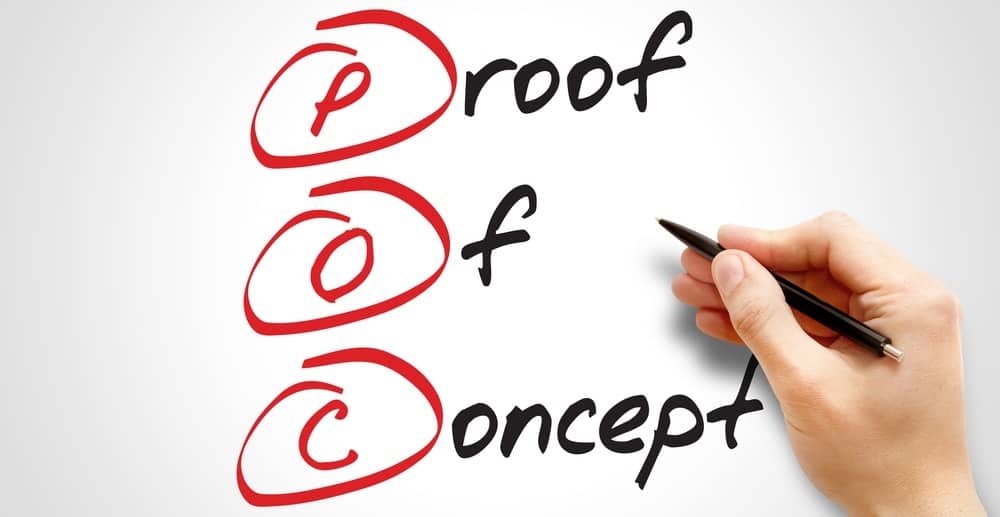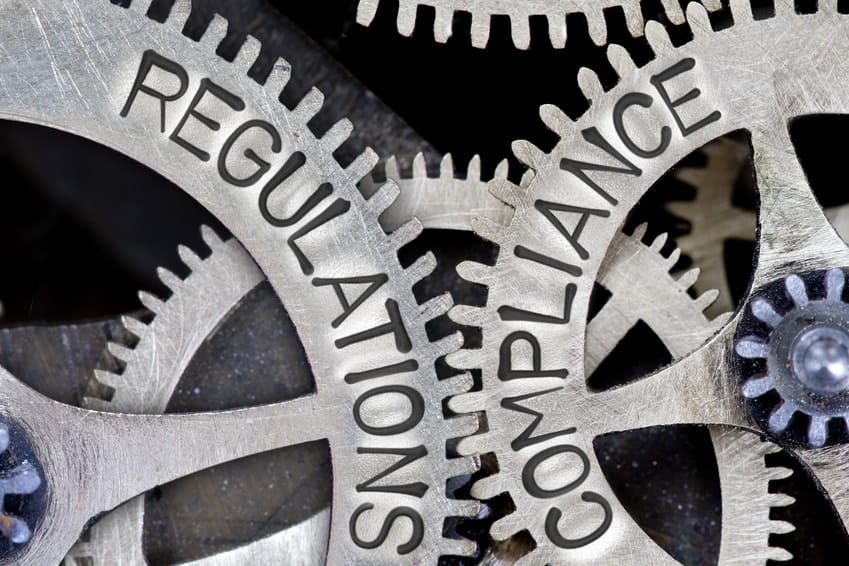Since the inventions of Smart Phones and Wi-Fi, we are now more connected than ever before. We’ve come to expect access to free Wi-Fi where ever we go and for many people, it will be the decision maker in whether we’ll have our coffee there or stay at that hotel. But most of us don’t consider the risks when using free Wi-Fi.
22,000 people got caught agreeing to over 1000 hours of community service, in a recent social experiment, by agreeing to the community service clauses in the Wi-Fi providers Terms and Conditions. Now as unfortunate as cleaning public bathrooms is it could be a lot worse. If you’re not set up correctly you end up in a world of trouble from accidentally downloading Malware through to identity theft.
- Read the terms and conditions and connect to a password-protected Wi-Fi connection
Always read the fine-print when accepting an agreement to use a public-free Wi-Fi connection. Choose a Wi-Fi hotspot which can offer a password-protected connection. Free Wi-Fi connection with no password protection is normally too good to be true.
- Disabled public network/file sharing when connected to an unsecured network
Public Wi-Fi connection possesses a high-security risk and malicious hackers may access your personal and sensitive information. Whether using a Windows or a Mac, ensure that the network sharing feature is disabled to prevent unauthorised access to your files.
- Be aware of what websites you visit
Avoid accessing any websites that require you to type in a username and password, such as online banking, personal emails or your social media. Save visiting such sites until you’re on a secure and private network.
- Consider using a Virtual Private Network (VPN)
A VPN or Virtual Private Network is a method used to add security and privacy to private and public networks, like Wi-Fi Hotspots and the Internet. VPNs are most often used by corporations to protect sensitive data.
- Enable Two-factor authentication (2FA)
Enabling two-factor authentication is good practice on a service such as Outlook, social media sites or your personal online banking site. Two-factor authentication is simply double-checking that you are who you say you are. It is simply two locks on your door. The first lock is your password. The second lock is a code sent to your phone. If a hacker gets their hand on one key, the second lock will help you keep your door secure.
- Turn on your Firewall and Anti-Virus Scanner and make sure they are up to date
Make sure that your firewall and anti-virus applications are enabled and they are up to date. A firewall is designed to prevent unauthorised access and a virus scanner is designed to search, identify and remove various types of online threats such as malware.
If you’re concerned about your business security, contact us today to set up a security assessment
If you’re looking for consultancy services to help design your own IT business processes, contact Starboard IT to find out what we can do for you.


